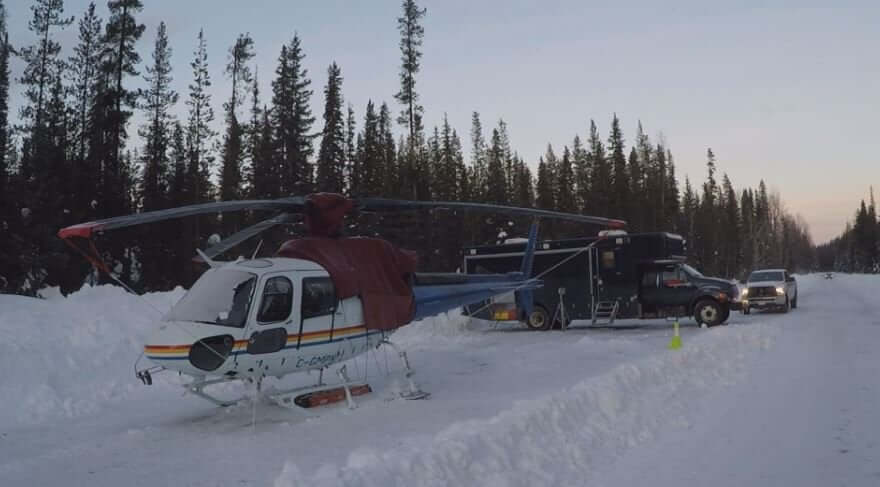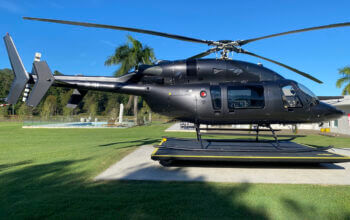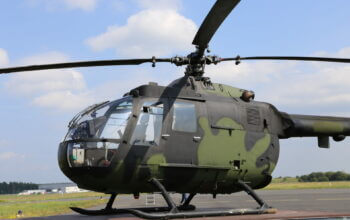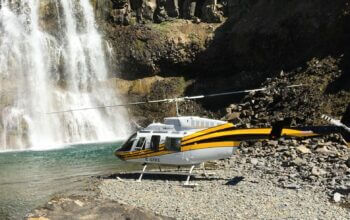An RCMP-operated FLIR SkyRanger R60 surveillance drone was operating in meters instead of feet when it collided with an RCMP Air Services AS350 B3 helicopter on Feb. 6. The drone was flying at 355 feet (108 meters) above ground level (AGL) at the time of the incident, while the helicopter was also flying low (below 500 feet AGL); use of the metric system to measure the drone’s altitude “was a contributing factor to the incident,” the RCMP said.

The helicopter and drone were taking part in policing activities during the Wet’suwet’en protests against the Coastal GasLink pipeline, 24 nautical miles southwest of Houston, British Columbia. A second RCMP-operated drone was also part of the patrol flight, but was not involved in the collision.
While the collision occurred earlier this year on Feb. 6, it was not reported in the Civil Aviation Daily Occurrence Reporting System (CADORS, a Transport Canada system that provides initial information on incidents with Canadian-registered aircraft) until June 3.
The CADORS report classified the occurrence as a mid-air collision, which resulted in initial vibration when the drone impacted the helicopter. “The pilot completed a precautionary landing on a road without further incident,” the report states. None of the three people on board the helicopter was injured.
The collision caused damage to both the helicopter and the drone.
“Maintenance staff found damage primarily to the [helicopter’s] main rotor blades along with superficial damage on the tail boom and tail rotor,” the CADORS report states. “The effected components were removed as per the maintenance manual for repairs or overhaul as required. The RPAS [remotely piloted aircraft system, or drone] was destroyed.”
Following the incident, the RCMP confirmed in an email to Vertical that it hired a Super Puma helicopter operated by Coldstream Helicopters to airlift the AS350 from the road site where it made a forced landing. The cost of hiring the Super Puma was just over C$83,000.
The AS350 helicopter has been out of commission for repairs since the incident occurred in early February, and is expected to return to service in the coming days, the RCMP said.
To prevent a similar incident from happening in the future, the RCMP said “updated pre-flight checklists have been provided to RCMP RPAS pilots to confirm altitude display settings on their systems. Updated guidance was provided directing that RCMP RPAS will not be in the air at the same time as an RCMP aircraft.”
However, in situations where both types of air assets are necessary, “RCMP RPAS will fly below 300 feet [91 meters] AGL, and RCMP aircraft will fly above 500 feet [152 meters] AGL,” the RCMP said.
Roughly a week after the RCMP incident, a similar collision occurred where a drone and an AS350 helicopter collided mid-air at an off-road truck race in Southern California. The helicopter was performing aerial filming at the event; the FAA confirmed that it had not established a temporary flight restriction over the races.
Even when drone and helicopter pilots are operating in known proximity to one another, these particular incidents show there is still potential for such collisions to occur.
Another incident from December 2019 forced a Los Angeles news helicopter (operated by Helinet Aviation) to make an emergency landing after a suspected drone struck the helicopter’s tail, leaving a hole and other damage.









